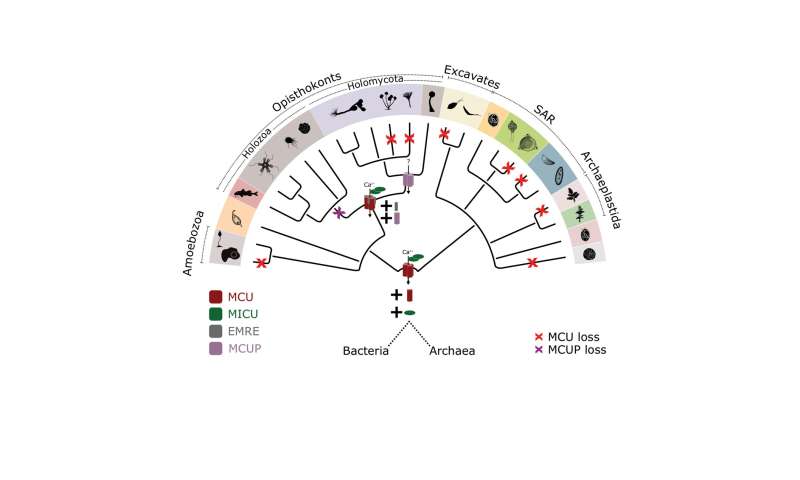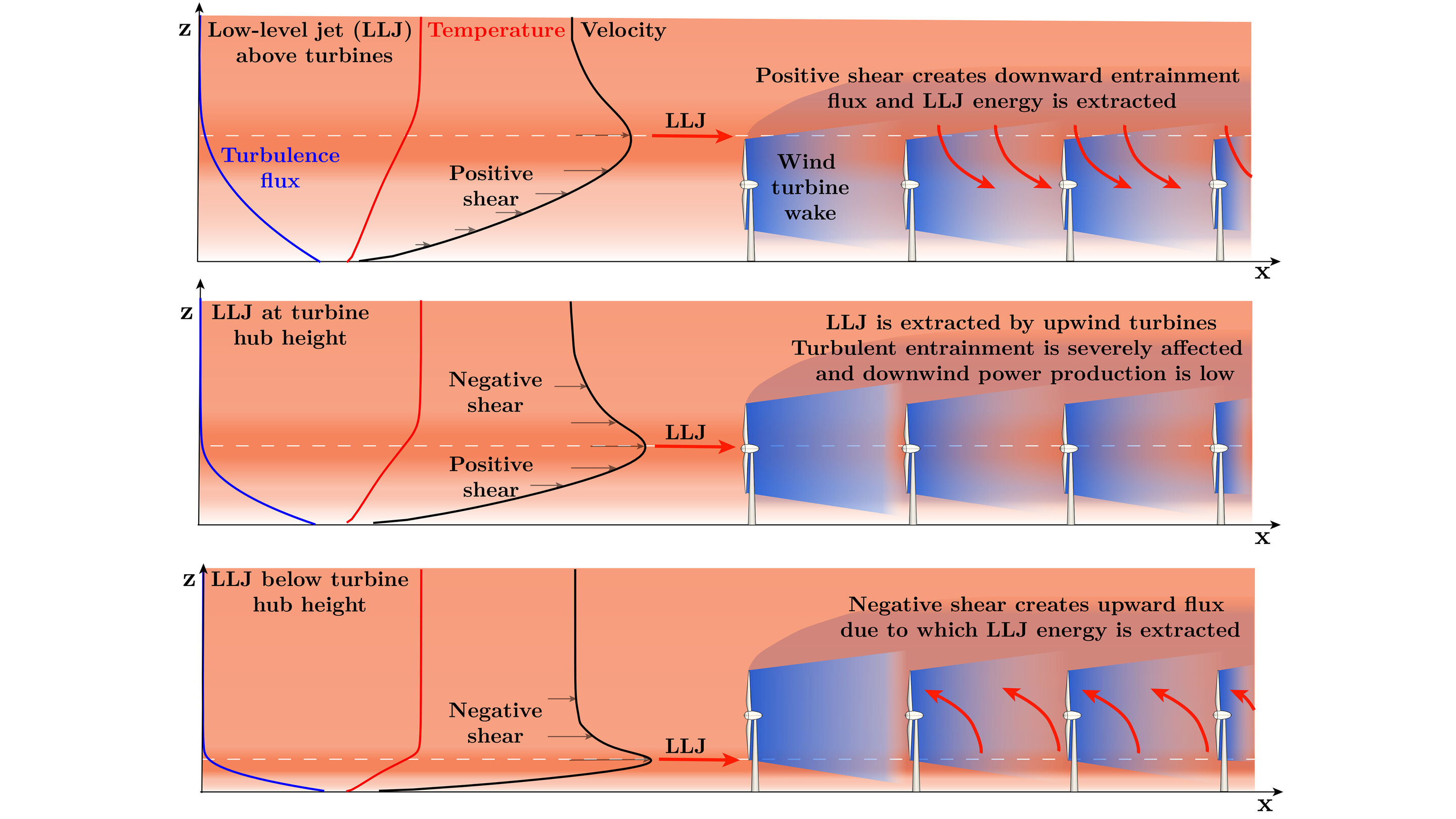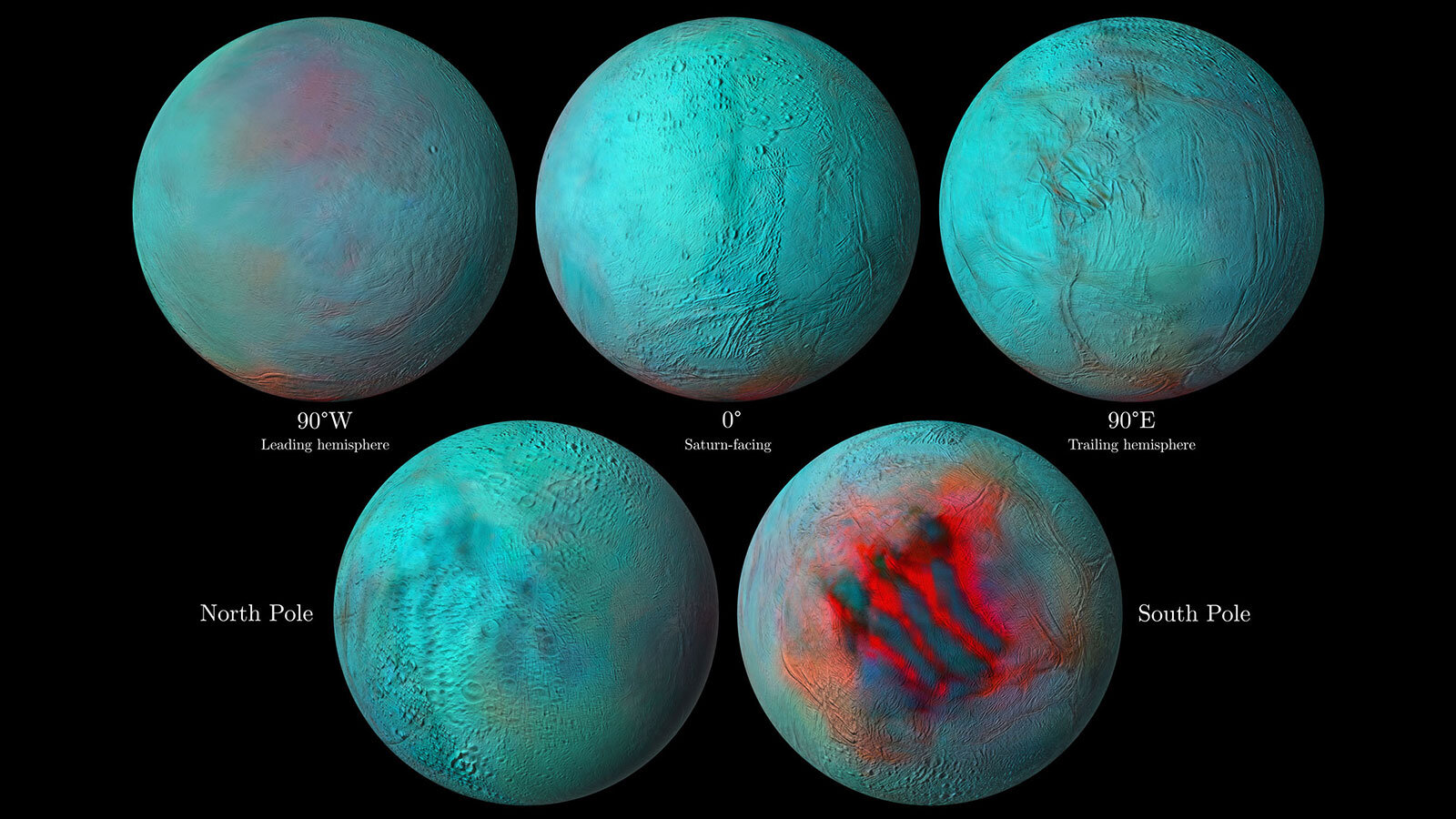#Phylogenetic analysis reveals the evolution of the mitochondrial calcium transporter
“#Phylogenetic analysis reveals the evolution of the mitochondrial calcium transporter”

Calcium levels regulate multiple processes in cells, ranging from metabolism to division. And these levels are regulated, in turn, by calcium transport into and out of mitochondria, the energy hub of the cell. The regulation of calcium levels is, therefore, a recurring topic of study, with important implications in biomedicine. In this context, fungi are often the model organisms of choice to study this system.
The Comparative Genomics Laboratory of the Institute for Research in Biomedicine (IRB Barcelona), headed by ICREA researcher Toni Gabaldón, and the Barcelona Supercomputing Center (BSC-CNS) has revealed that the transporter that regulates cellular calcium levels duplicated around one billion years ago, giving rise to two transporter subtypes. Of these, only one is present in animals, while most fungi conserve the other. Chytrids—aquatic microscopic organisms—are the only family in the fungal kingdom that has the same transporter subtype as animals. Therefore, the use of the calcium transporter of any other kind of fungus as a model could lead to incoherent observations and incorrect conclusions.
“Determining how cell systems came about and evolved helps us to understand them and to choose appropriate model organisms for research purposes,” says Gabaldón.
An extensive computational analysis of more than 1000 organisms
Published in the journal Nature Communications, this study used computational methods to analyze the complete genome of more than 1000 organisms, in order to reconstruct the evolution of the calcium transport machinery in mitochondria. The analysis corroborated the ancestral origin of this mitochondrial transport system, which was already present in the common ancestor of fungi and animals.
Fabiana Perochi’s laboratory at the Helmholtz Zentrum in Munich (Germany) carried out experimental tests that confirmed that chytrid proteins perform a function equivalent to that of humans.
The paradox of fungi that do not transport calcium
It had previously been observed that the calcium transporter in fungi acts differently from that in animals and it’s even present in organisms that do not transport calcium to mitochondria. This observation was considered a paradox.
“By reconstructing the evolutionary history of these proteins, we have been able to resolve a paradox and identify the true equivalents of the human system in fungi. This finding opens up new avenues for their use as experimental models,” concludes Gabaldón.
More information:
Alexandros A. Pittis et al. Discovery of EMRE in fungi resolves the true evolutionary history of the mitochondrial calcium uniporter, Nature Communications (2020). DOI: 10.1038/s41467-020-17705-4
Provided by
Institute for Research in Biomedicine – IRB
Phylogenetic analysis reveals the evolution of the mitochondrial calcium transporter (2020, August 12)
retrieved 12 August 2020
from https://phys.org/news/2020-08-phylogenetic-analysis-reveals-evolution-mitochondrial.html
This document is subject to copyright. Apart from any fair dealing for the purpose of private study or research, no
part may be reproduced without the written permission. The content is provided for information purposes only.
If you want to read more Like this articles, you can visit our Science category.
if you want to watch Movies or Tv Shows go to Dizi.BuradaBiliyorum.Com for forums sites go to Forum.BuradaBiliyorum.Com


